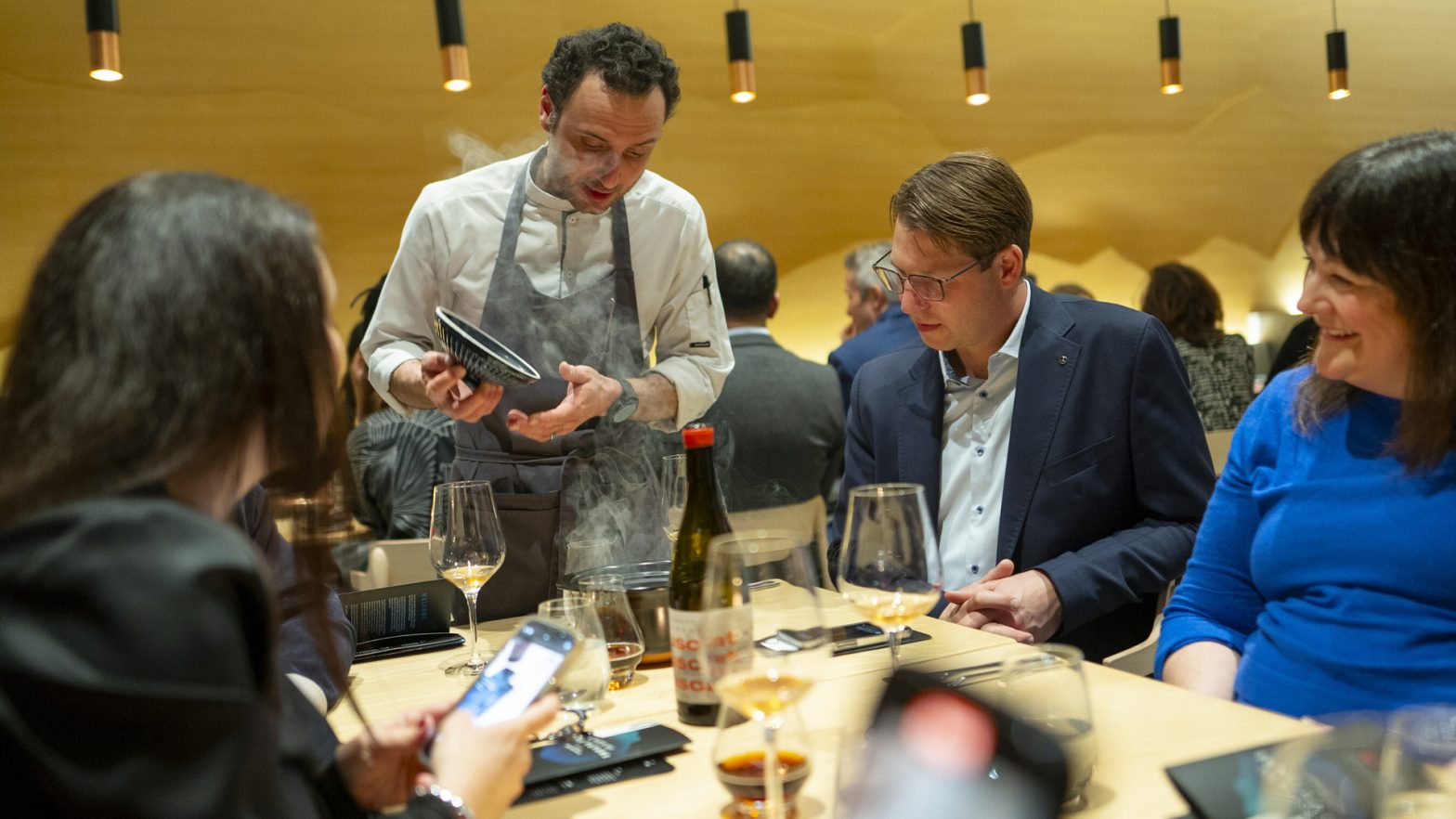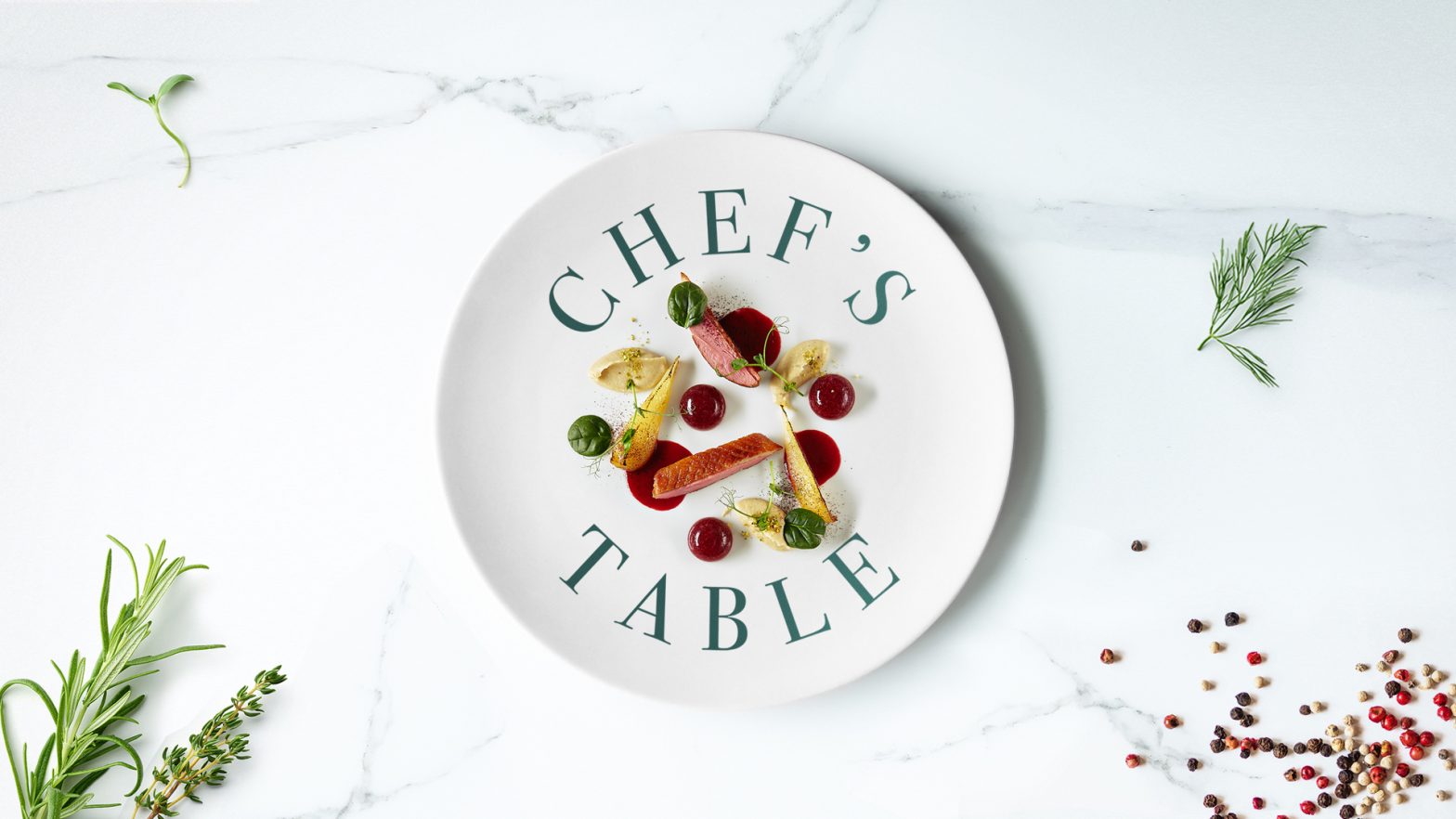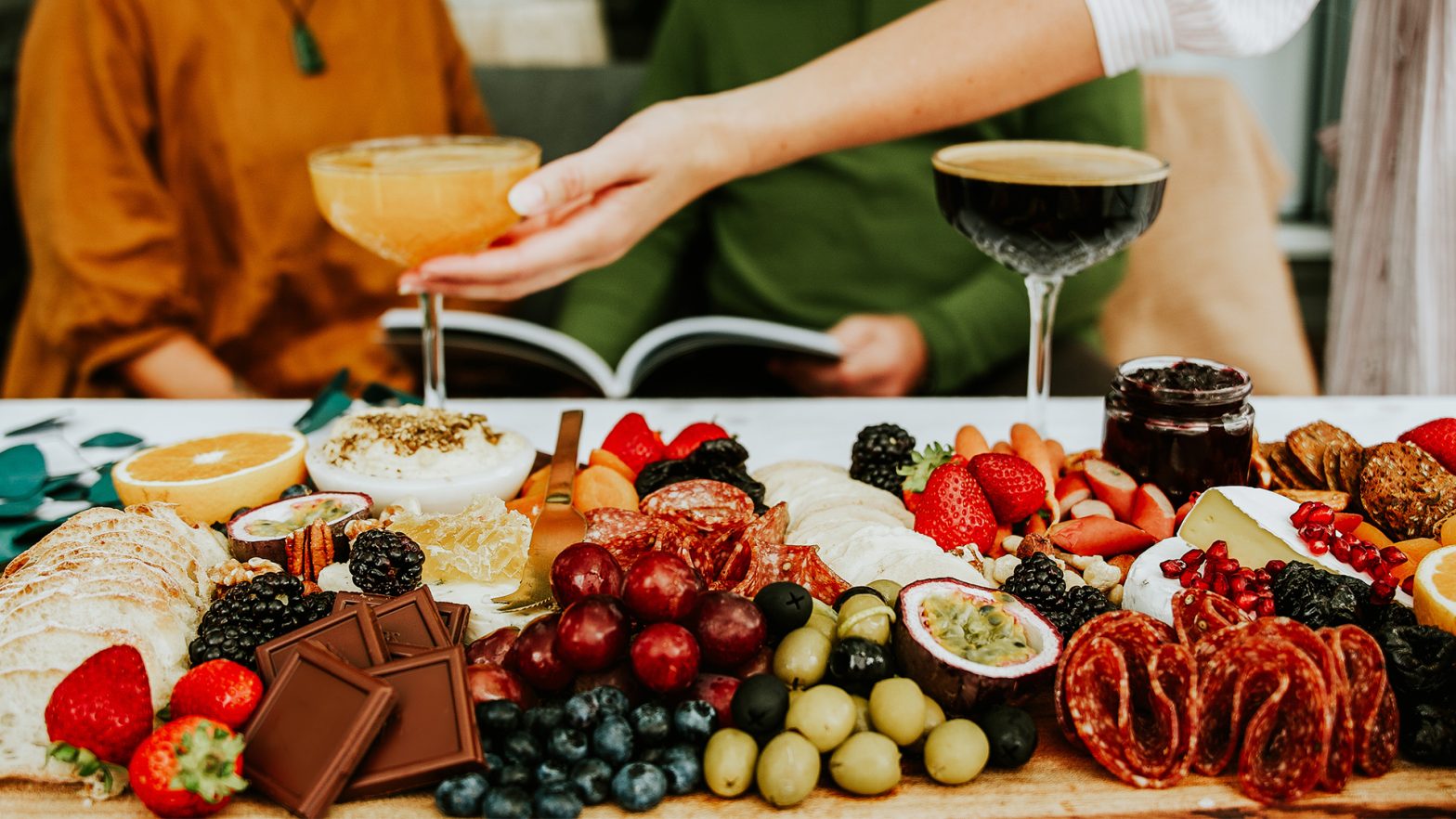During your next yacht charter, embark on a delightful exploration of Sardinia’s culinary landscape. Best known for its enchanting blend of Mediterranean flavours and colours, Sardinia is home to a unique type of cuisine deeply rooted in Italian traditions, with North African and Spanish influences that reflect its rich historical roots.
Renowned for promoting health and longevity, Sardinia’s diet has been acknowledged by National Geographic as one of the world’s seven ‘Blue Zones’ regions known for their high number of centenarians. This distinction is often attributed to the local Mediterranean diet, which plays a significant role in the island’s inhabitants’ extraordinary health. Offering an array of gastronomic delights, from superb seafood and artisanal pasta to a selection of fine wines, there is no better way to immerse yourself in the island’s culinary heritage than a Sardinia food and wine tour. A place where culinary tours in Italy reach new heights, your yachting adventure becomes an unforgettable journey through taste and tradition. To help guide you along your Sardinia yacht charter, we’ve selected six key gastronomic delights you have to try and where you can try them.
1. Pecorino Sardo
Sardinia is renowned for its diverse array of cheeses, made from cows, sheep, and goat’s milk, each offering unique regional flavours. Reflecting the island’s rich pastoral heritage, Pecorino Sardo stands out as a favourite among its cheeses. Made from sheep’s milk, this cheese, also locally known as Fiore Sardo, is distinguished by its firm texture and a flavour profile that combines salty and nutty notes.
It’s traditionally used as a flavourful topping for pasta dishes and is exceptionally delightful when savoured with a glass of the region’s famous Malvasia di Bosa dessert wine or the local crunchy flatbread, Pane Carasau.
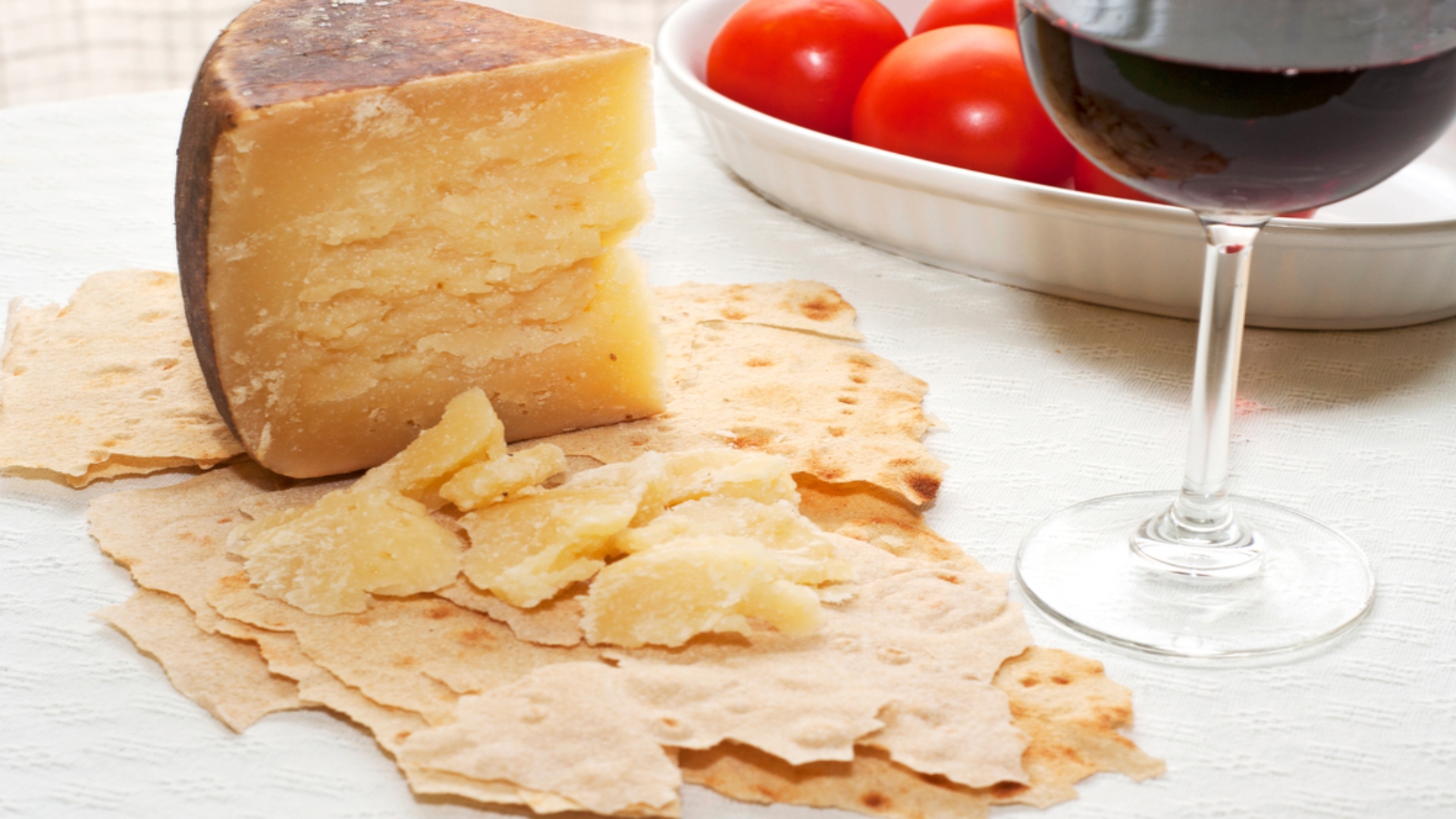
2. Fregula
Fregula is a Sardinian pasta specialty made from tiny balls of durum wheat semolina. This southern Sardinian creation is a staple across the island and bears a resemblance to couscous, hinting at its North African influences. Characterized by its nutty flavour and chewy texture, fregula, which means ‘little fragments,’ is hand-rolled and toasted. It is typically combined with a seafood-based sauce, usually clams, and enriched with local saffron.
Often presented as a starter, fregula is also enjoyed in a more substantial form, like the popular fregola con arselle, a fulfilling light lunch, especially when paired with a chilled white Sardinian wine like Vermentino di Sardinia.
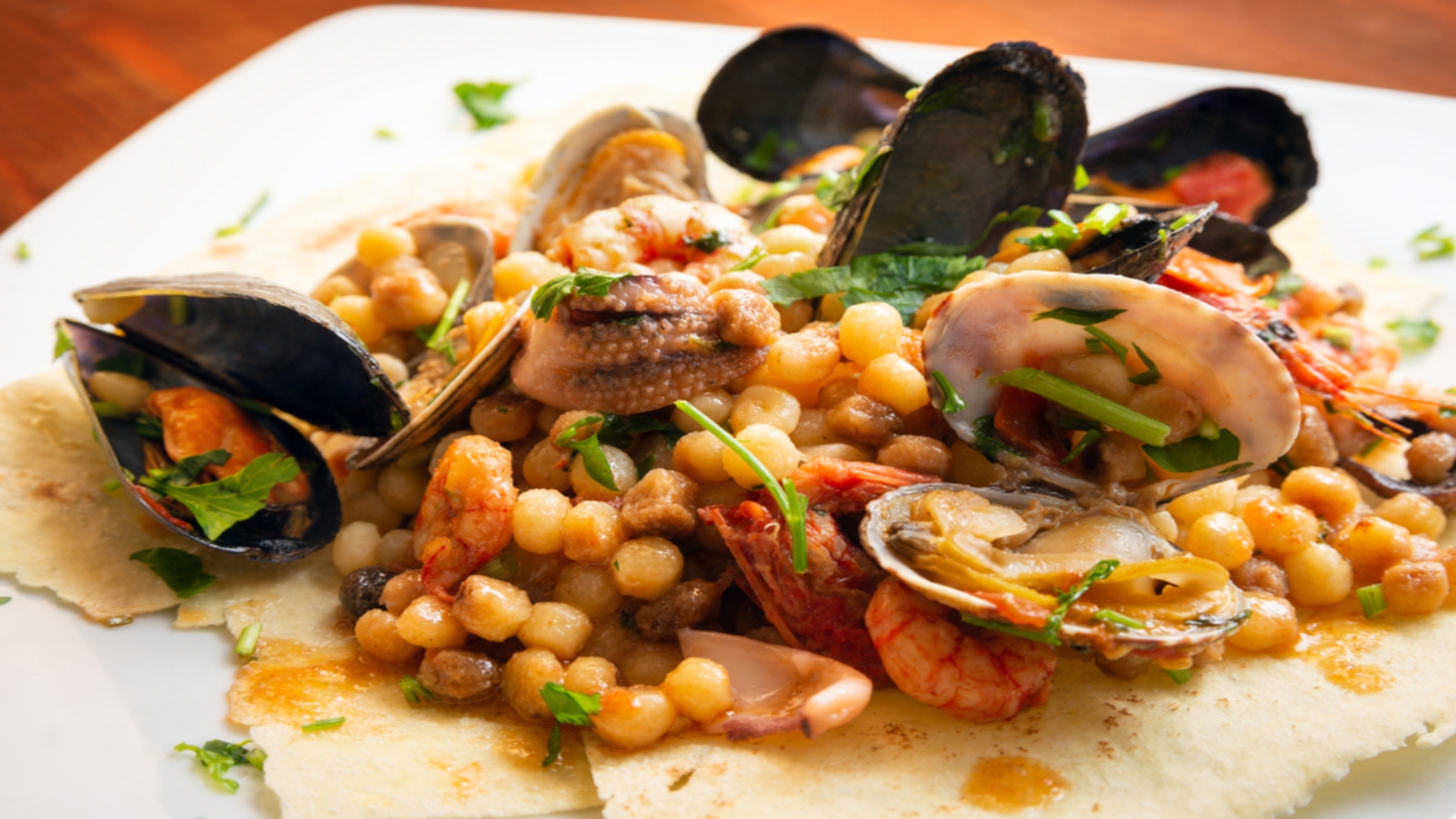
3. Culurgiones
Culurgiones, Sardinia’s answer to ravioli, are sizeable dumplings typically filled with a blend of mashed potato, pecorino cheese, and a hint of mint. Once lightly boiled, they make a hearty and rich starter, often accompanied by a simple tomato sauce. Hailing from the island’s eastern Ogliastra province, culurgiones vary regionally in their fillings.
While the traditional mix for filling includes potatoes, olive oil, pecorino, garlic, mint, and nutmeg, southern variants might incorporate ricotta, meat, egg, saffron, basil, pecorino, sauce, and spinach, reflecting the different region’s tastes. To sample some of the finest culurgiones whilst taking in the stunning surroundings, we recommend a visit to Frades La Terrazza during sunset.
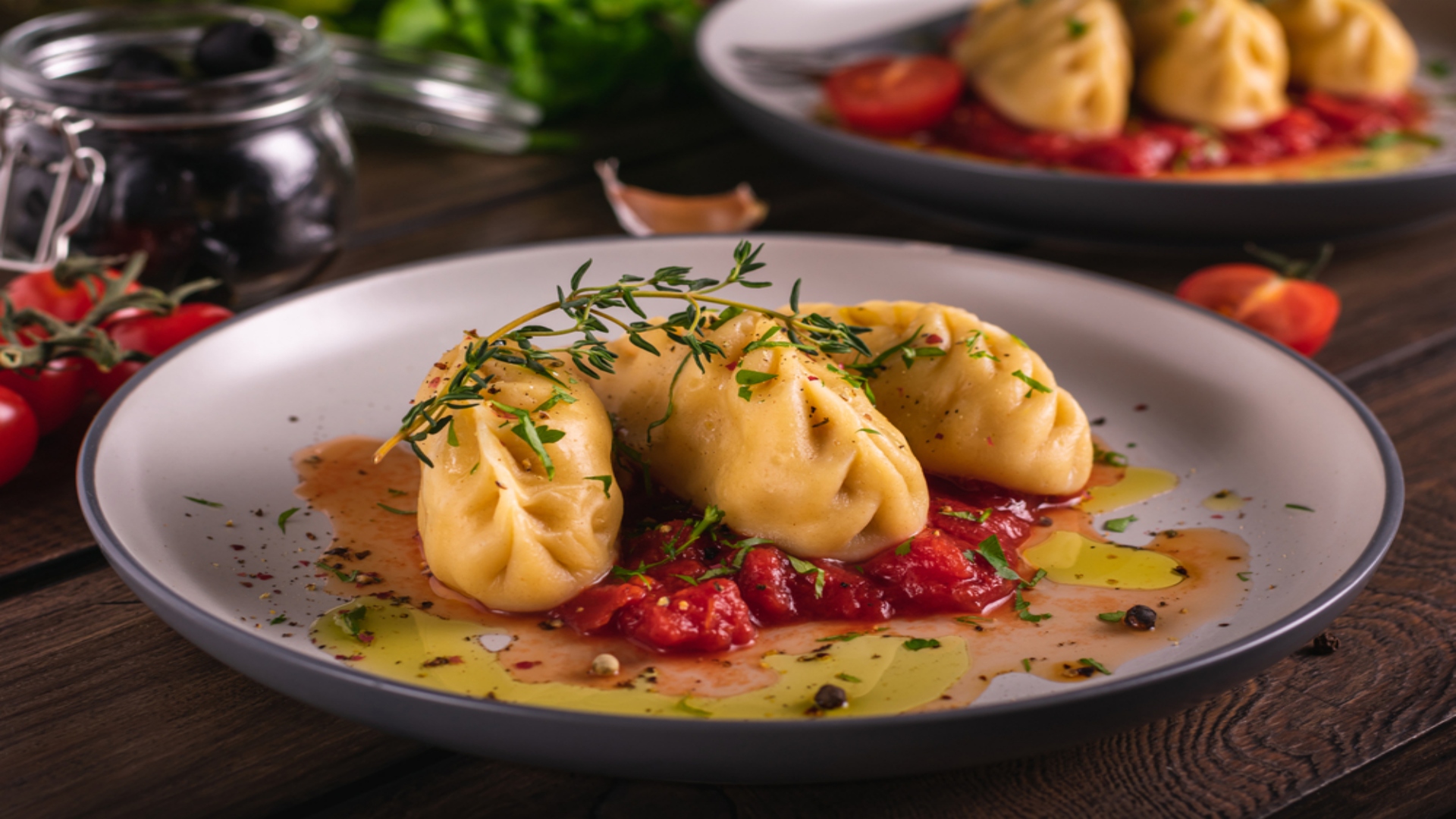
4. Bottarga
Revered in Sardinia by locals, this delicacy is hailed as the ‘gold of Sardinia.’ The Mediterranean take on caviar, this cured fish roe is primarily sourced from grey mullet in the Cabras Lagoon along the western coast. An integral ingredient of many Sardinian dishes, Bottarga undergoes a meticulous curing process, transforming into a firm, amber-hued block. Grated over dishes like squid tagliatelle or combined with burrata cheese, it imparts a strong umami flavor reminiscent of the ocean.
Often, it’s sliced thinly, drizzled with olive oil as an appetizer, or added to seafood salads and vegetables, enhancing the flavor with its distinct salty-savory essence. In certain areas of the island, tuna roe is preferred for its robust taste.
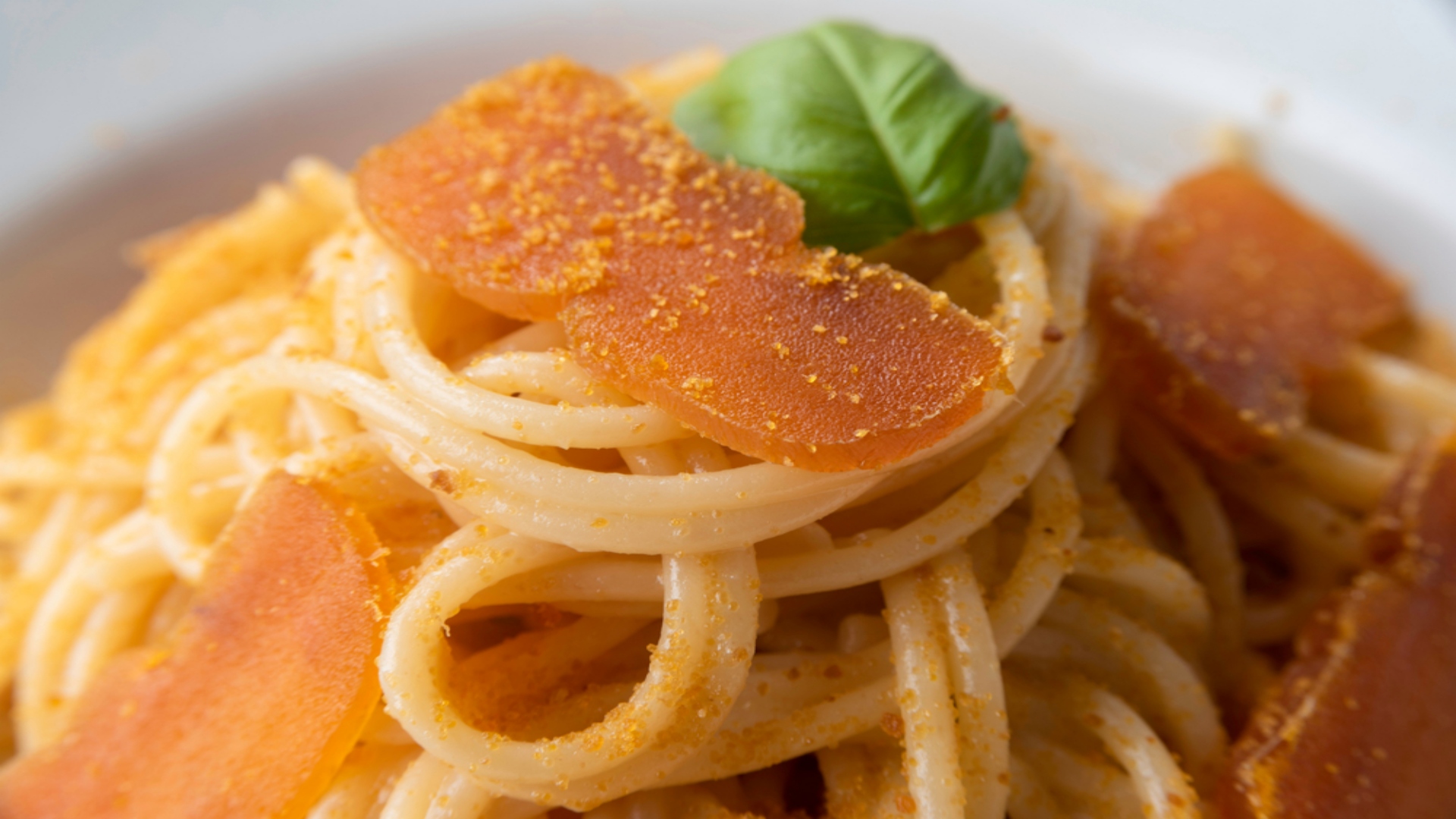
5.Bogamari
Often prepared simply in oil, sea urchins are a staple in Sardinian cuisine. Locally known as bogamari and further in Italian as riccio di mare, sea urchins are a highly esteemed delicacy, particularly in spring. This admiration is exemplified by the Sagra del Bogamari, a festival in Alghero dedicated entirely to these marine creatures, celebrated throughout March.
Bogmari is commonly served atop spaghetti as an entrée or as a standalone appetizer, accompanied by fresh bread and a glass of white wine. For the most delectable bogamri, we recommend visiting the famous Quattro Passi al Pescatore in Porto Cervo Sardinia.
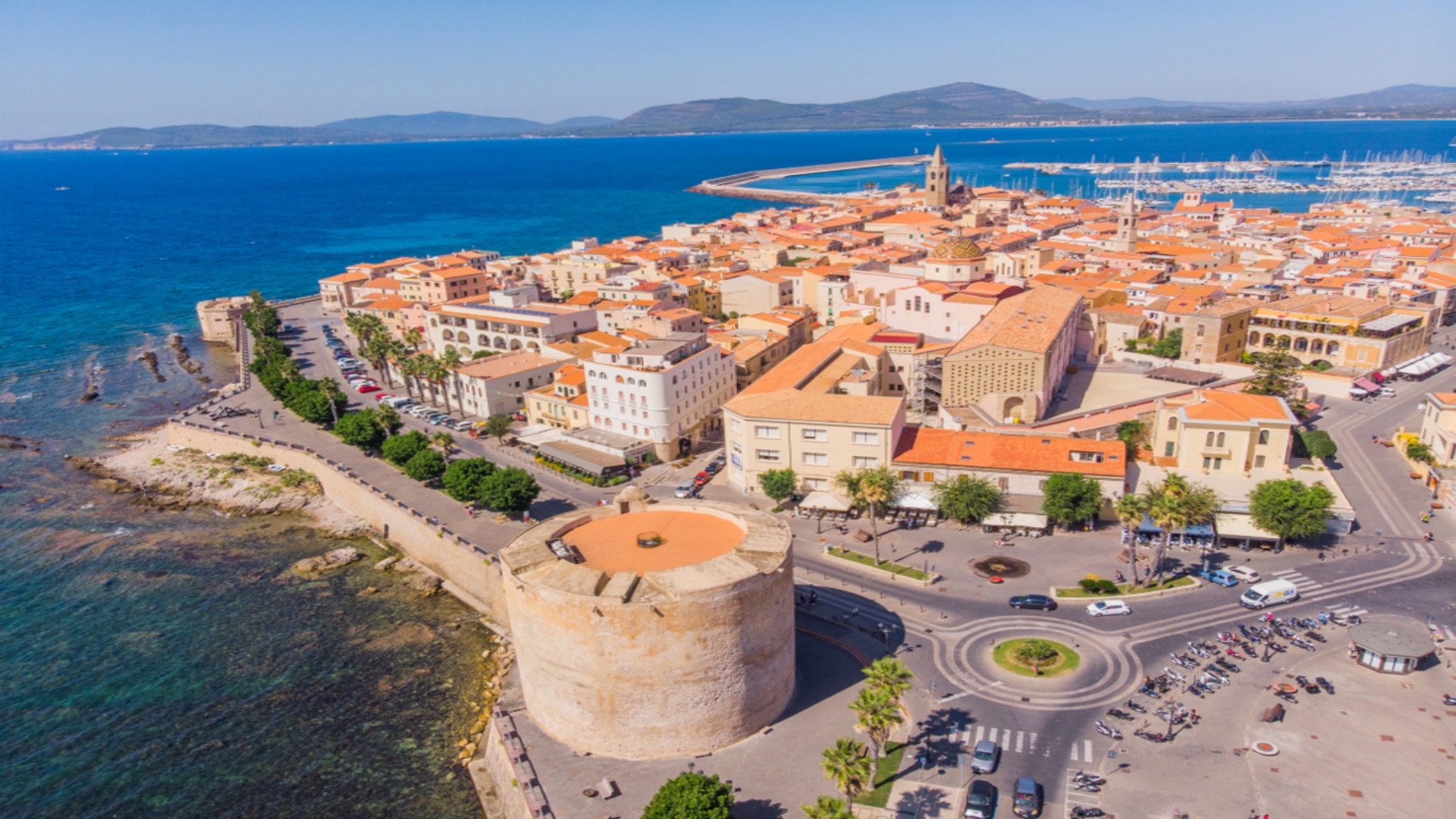
6. Catalan lobster
The Catalan influence within Northwestern Sardinia, especially in Alghero, is evident in the local preference for lobster stew, a common dish in that region of Spain. Made following a simple yet exquisite recipe featuring tender, steamed lobster meat with tomato and onion sauce, the dish is finished with a brisk emulsion of olive oil, lemon, and black pepper, highlighting the flavours of the Mediterranean. Enjoy some of the finest lobster at the Michelin-star Il Fuoco Sacro restaurant at the spa and resort San Pantaleo.
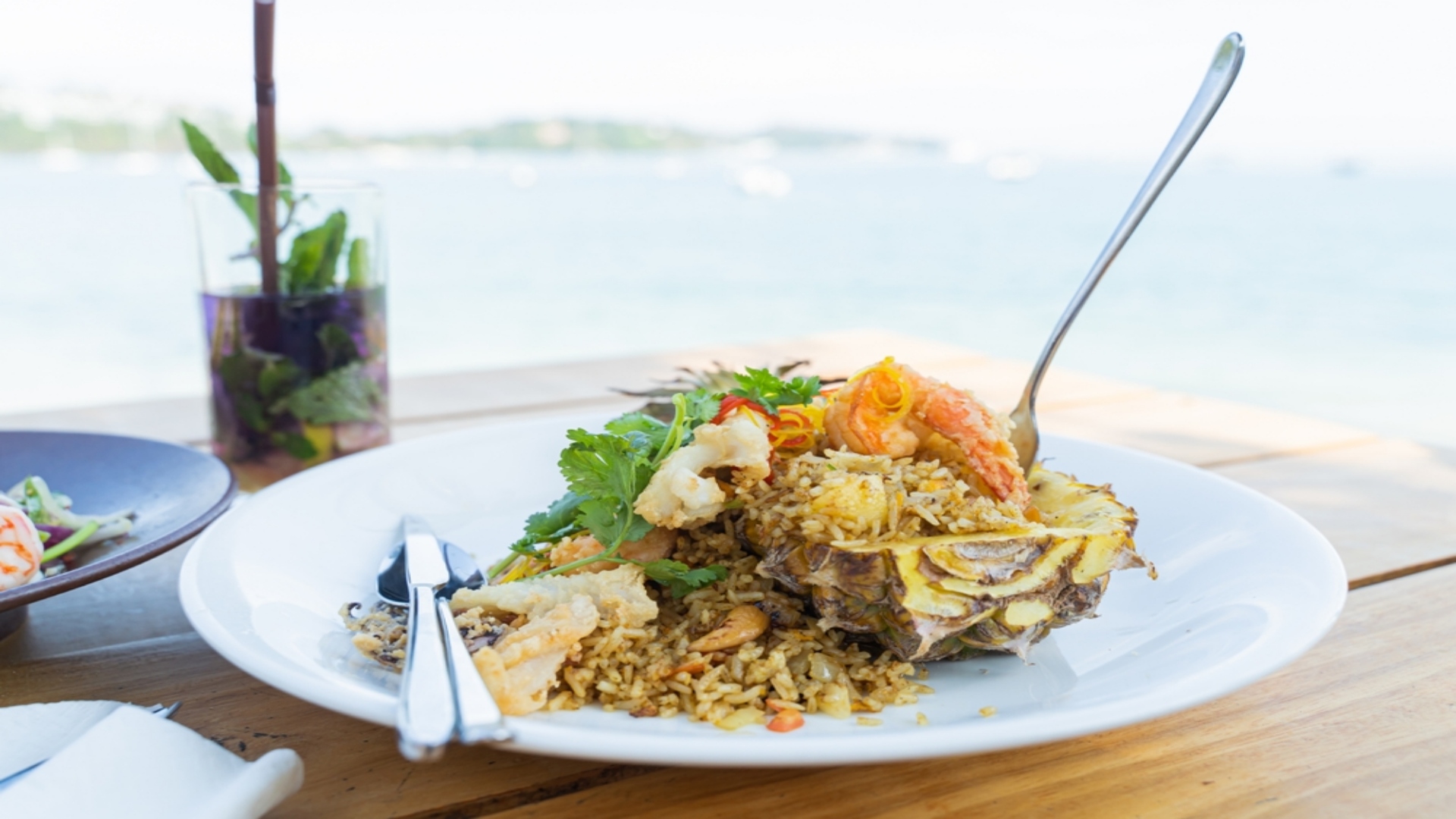
Overall, Sardinia remains a paradise for seafood aficionados, offering a variety of ocean delights, including langoustines, red prawns, clams, sea bass, red mullet, squid, and octopus.
Other famous Sardinian dishes to try during your Sardinia food and wine tour include Seadas, one of the most popular traditional desserts, Cannonau wine, and Mirto.
Seadas are usually round, sweet semolina dumplings filled with pecorino cheese and lemon peel. Deep-fried, they are best enjoyed hot with a lashing of honey. Sardinia’s best-known and most sought-after wine,
Cannonau is a red wine made from the grenache grape that is grown across the island. With each region offering its own version, fortified Cannonau wines tend to be sweeter and go great with desserts.
Mirto is Sardinia’s signature liqueur is made from the berries of the indigenous myrtle plant found throughout the island. This beverage, known for its sweet, herbaceous scent, is available in two forms: a deep red variant and a white mirto. Traditionally enjoyed cold, it is often served as a digestif following a meal.









